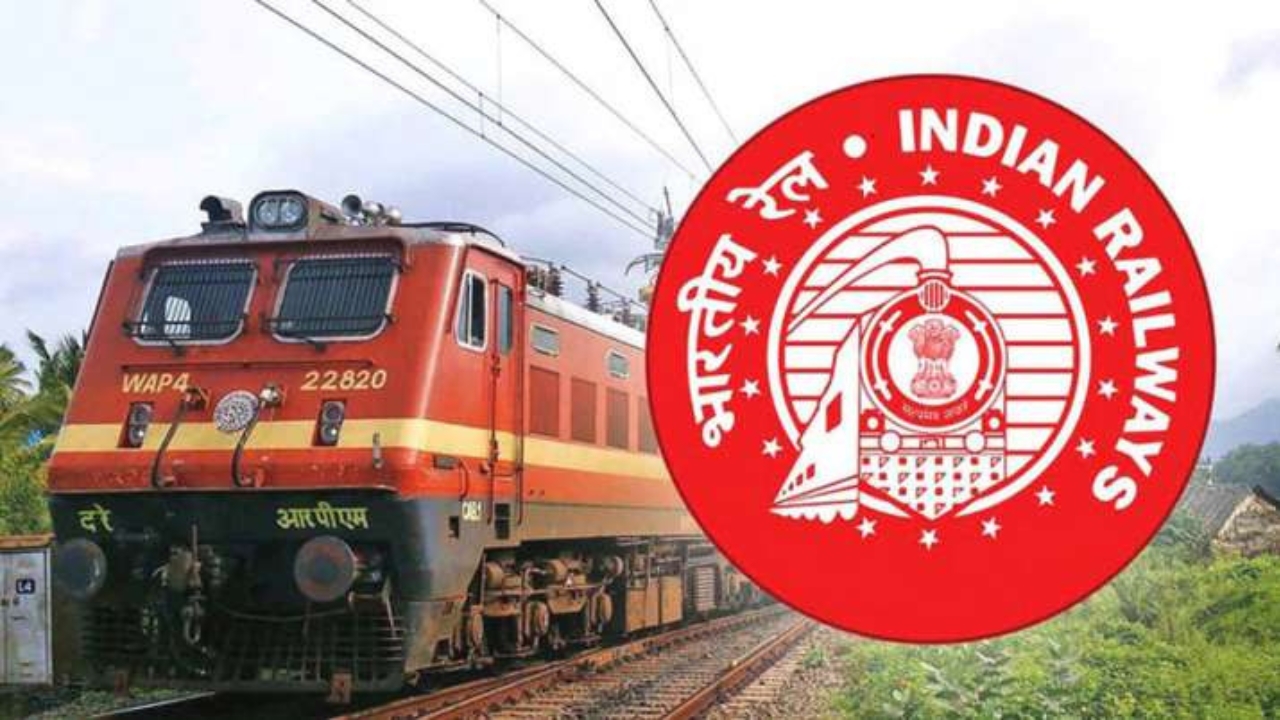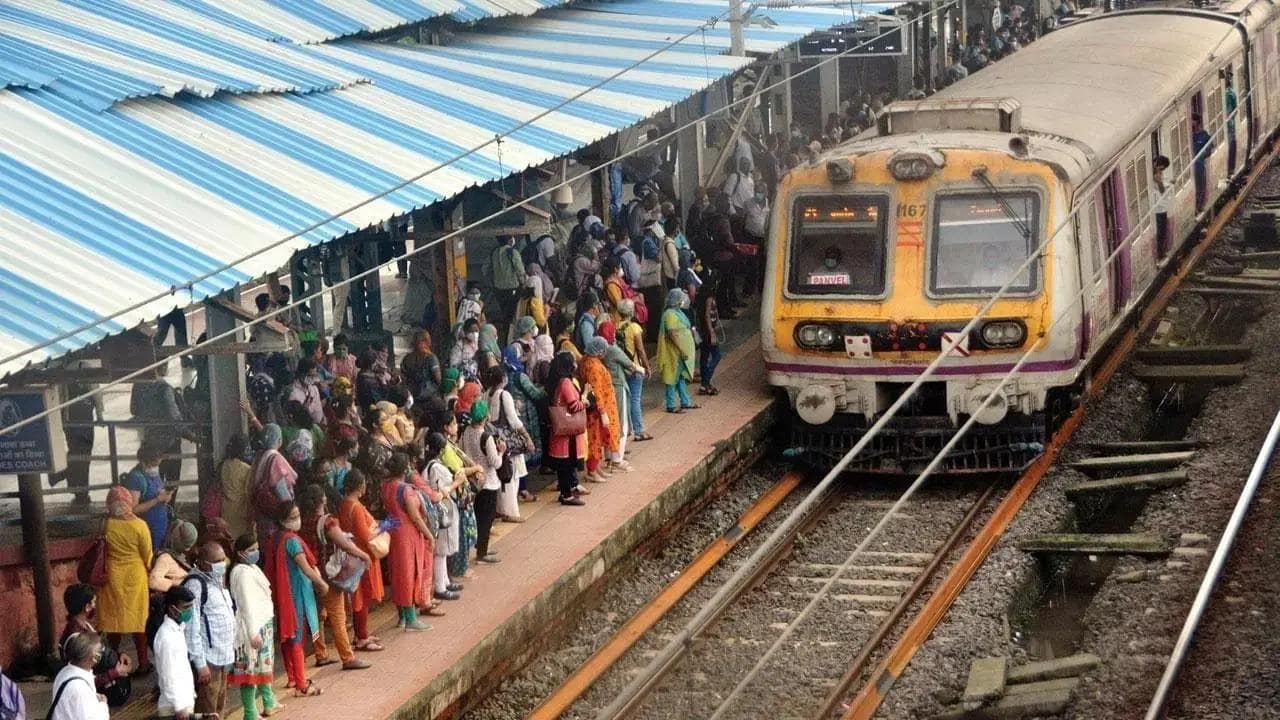Germany, facing a shortage of skilled workers, plans to increase the number of skilled workers visas given to Indian workers from the current limit of 20,000 to 90,000 annually. German Ambassador to India Philip Ackermann said in a media report that Germany is facing a growing shortage of workers; in such a situation, these visas will help fill the gap in areas like information technology, nursing and care. Let us also tell you what Germany has planned.
Germany’s Growing Labor Crisis
According to the German Economic Institute, Germany has made this decision after its growing labour crisis, with an estimated 570,000 job vacancies nationwide. Ambassador Ackermann said that the people of Germany have had a very good experience with legal migrants from India. Germany desires to increase this migration due to the labour force shortage. Ackermann said
He said that one thing that is also very important for our strategic partnership is the migration of skilled workers to Germany. We need skilled workers in many sectors, from IT engineers to bus drivers and caregivers. He said the country is working closely with India to facilitate more migration and plans to support it in the coming months and years.
Skilled Labor Pact Between India and Germany
The ambassador’s office confirmed that India and Germany will also sign an agreement on labour mobility and skill recognition this week. This will be the first agreement under the G20 Skilled-Based Migration Pathways Framework, which G20 members endorsed during the 2023 summit in New Delhi. The framework plans to create opportunities for skilled professionals and promote formal employment in origin and destination countries.
An Opportunity For Indians
There are many benefits for Indian workers. Germany’s new immigration positions make it easier for skilled professionals to work there and offer high salaries. The average gross monthly wage of Indian employees working in full-time positions in Germany is around 5,400 euros, which is about Rs 4,92,000 – 41 percent higher than the national average salary. Moreover, the unemployment rate for Indians in Germany is only 3.7 percent, much lower than the general population rate of 7.1 percent.
Ackermann said there is a high demand for academic and non-academic staff, including nurses, who must pass a language test before hiring. Referring to the opportunities available for vocational training and degree programmes in Germany, he said, “You will be surprised how many fields are open for young Indians.
Family Reunification and Living Conditions
Indian workers in Germany will also benefit from the family reunification option, which allows them to bring their families with them under the new immigration rules. These changes will make Germany more attractive for skilled Indian professionals seeking work abroad.
Labor Market Reality
The labour shortage is not unique to Germany. Japan is also looking to Indian talent to boost its economy. Germany urgently needs workers, and the country is taking practical steps to eliminate or mitigate the problem.
Earlier this month, German Labor Minister Hubertus Heil said that one million new workers enter the workforce every month in India’s labour market, yet many struggle to find employment. This provides a natural incentive for migration to countries like Germany, where the demand for skilled workers is high. According to the Federal Ministry of Labour, as of February 2024, around 137,000 Indians were working in skilled positions in Germany, up from 23,000 in 2015.











